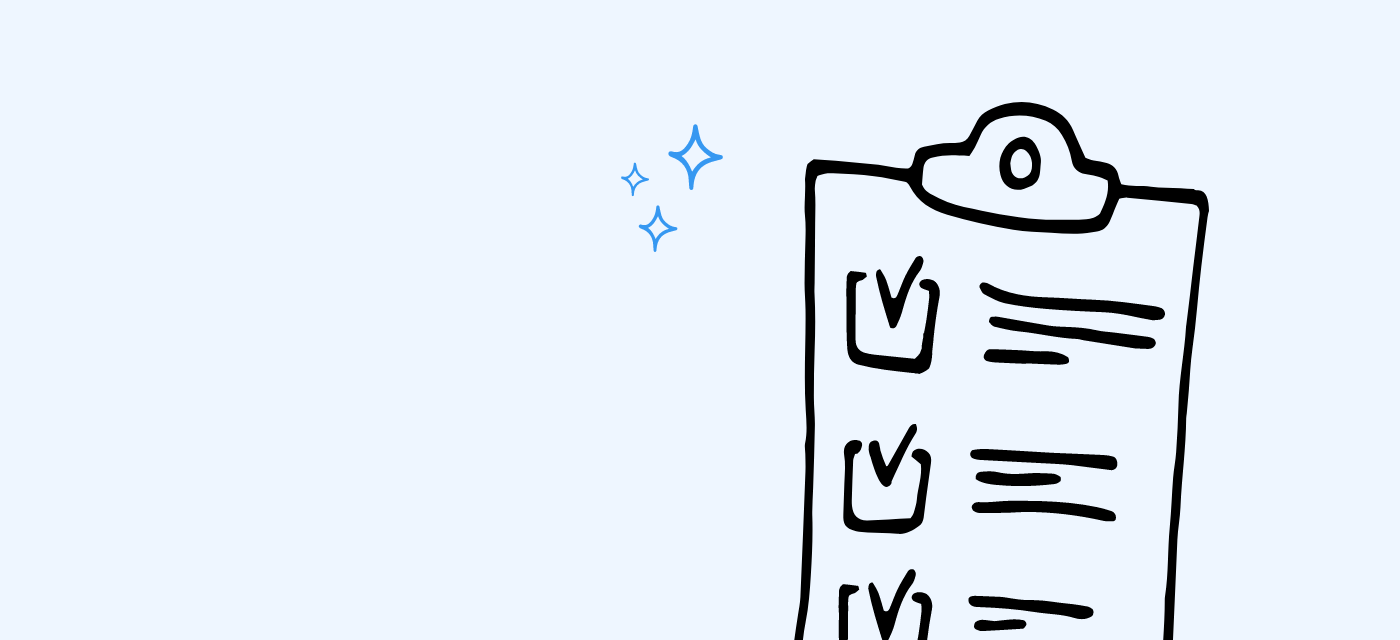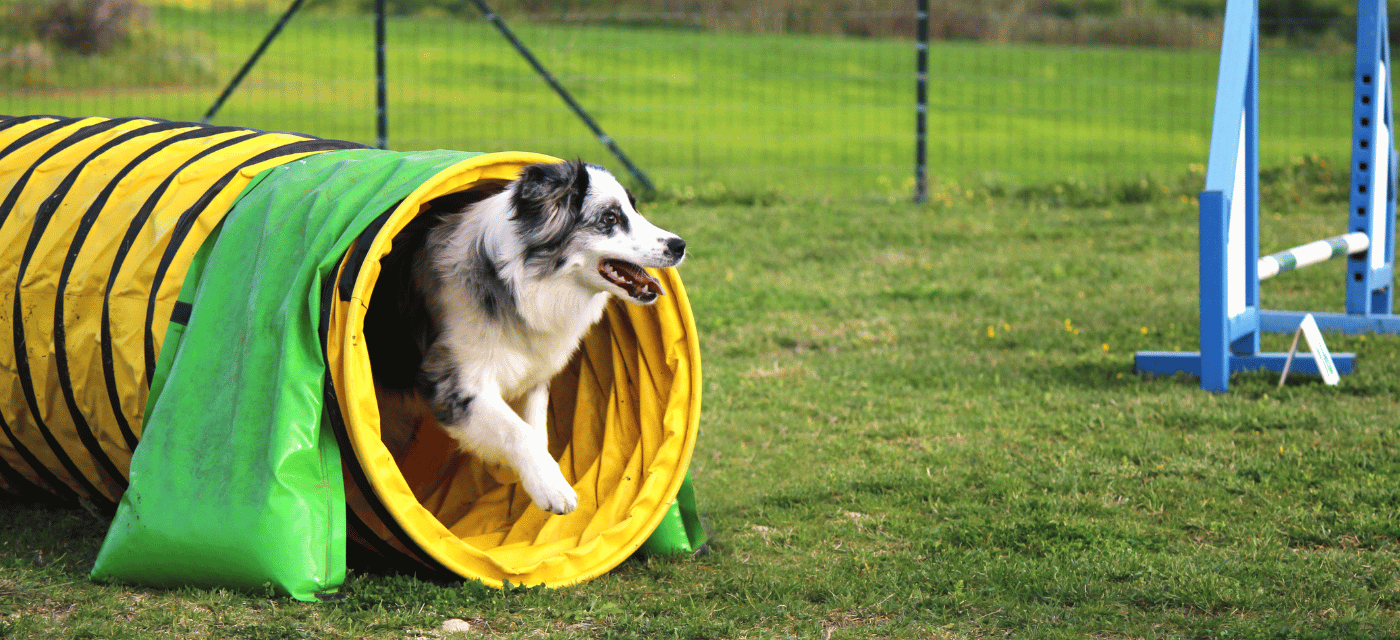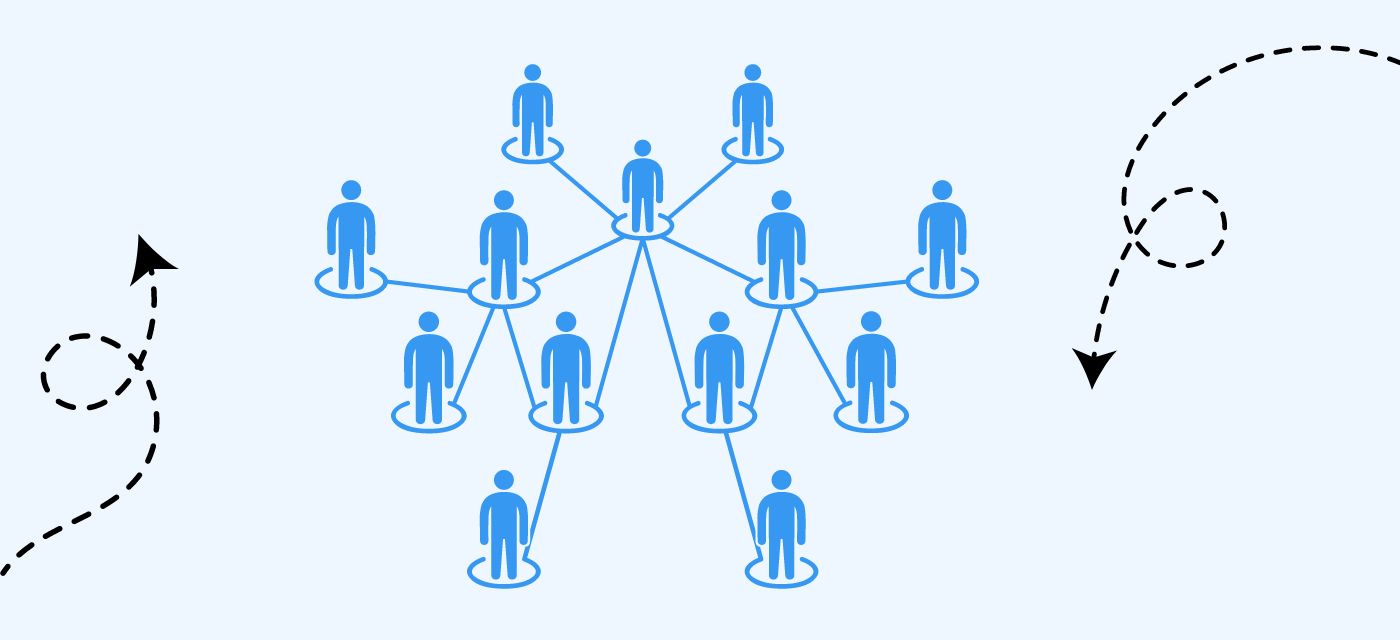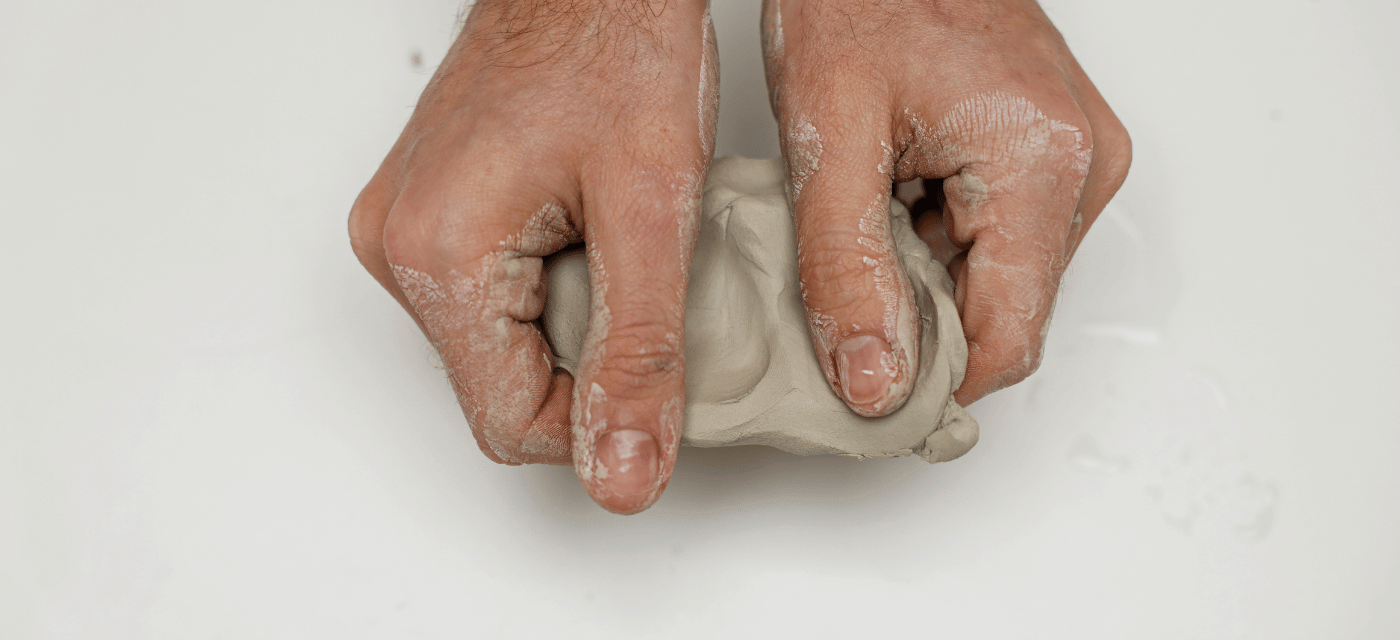Key takeaways:
💡 Unsustainable workloads are an organisational problem that require an organisational solution, and work design is that organisational solution
💡 It involves deconstructing and reconstructing work to better meet strategic goals, and employees’ skills and ambitions
💡 Work design can have a massive (and measurable) positive impact on productivity, profitability and employee experience
💡 Beamible is the first work design platform in the world, helping leaders, managers, HR partners and employees gain vital visibility over their work
💡 Well-designed work is the ultimate perk and it is easier and more accessible than you might think
Get to work
There is now decades of research that clearly demonstrates well-designed work has numerous positive impacts on individuals, teams, and the organisation as a whole. The business case is clear: work design drives strong business outcomes, and there are significant cost drivers and productivity imperatives for organisations to take responsibility for (un)sustainable workloads. So, it’s time to get to work…work design, that is, and begin weaving the principles of work design into the fabric of your organisation.
Work design refers to the how, what, where, when and by whom the work in your organisation gets done to achieve your goals, both big and small.
Is this going to be a whole ‘thing’?
We get it — you’re afraid these fancy Beamible folks are going to fly in on their productivity pony and tell you work design is the answer to all your problems, only to find out that the pony takes a helluva lot of maintenance and is actually a donkey. We can categorically tell you that that’s not what’s happening here, neigh way.
Because the good news is — that whether you realise it or not, it is likely that you’re already doing some elements of work design. Does a flexible or hybrid work policy, a 4-day work week or flex work pilot, project teams according to ‘zone of genius’, or job shares sound familiar? Great! Then you’re already doing it.
But one thing we have noticed is that, while most companies are starting to think in a work design way, they are lacking both the technological capabilities and data-driven insights to understand how, when and where work actually happens, so they can design it better.
Does everybody know what time it is? It’s tool time:Three things your workplace flexibility toolkit needs ↗
From bandaid solutions to data-led revolutions
We know that business leaders, managers, People & Culture partners and even individual employees are already making decisions about the design of their work — what to prioritise, what to do and not do, with the limited time and resources they have. And these resource-constrained environments are normal now, we are constantly operating with gaps on our team and limited budgets, always trying to do more with less.
But there is a distinct problem with the way that most organisations are currently operating, and that’s because this scarcity mindset lends itself to a work design approach that is primarily reactive, downstream, and pulling people from the river.
Instead, we want to be taking an upstream and proactive and dynamic approach to work design using a platform like Beamible (there is nothing like it), so we can give teams the processes, guidance and support tools they need to make data-led decisions. And we need to upskill and enable leaders and managers to map resources to outcomes without carrying the burden themselves.
By applying science to this ongoing work planning, we remove decisions based on gut feel, reactive work and urgent but less important priorities. And we help our teams to systematically prioritise high-impact and high-value work they enjoy, aligned with business goals, so we can keep moving the business forward — even in the face of a constrained environment.
Work Design is a new market that Beamible is uniquely poised to seize as a foundational part of the future of work.
— Industry Expert
Taking your first well-designed steps
Ready to dive into those tips from the experts? We thought you’d never ask. Here are five to try on for size.
1. Start at the top and work your way down
Not in the way that trickle-down-economics is supposed to work but doesn’t — the easy first step on the path to optimised work design starts with your Senior Leadership Team and trickles down from there. While buy-in from everyone is critical to success, in our experience, this cascading approach has proven very effective for companies both big and small.
Using work design principles to help leadership self-reflect, set goals, make adjustments to their priorities and just generally lead by example can be incredibly powerful. They can then lead team sessions with their direct reports to do the same, and so on.
💡Tip: Conduct a broad capability uplift for HR and/or managers and then pilot work design with 1-3 teams, testing and iterating the experience as you go, as well as measuring for key outcomes.
2. Gain vital visibility by mapping out your role
When we’re overwhelmed, it can be hard to see the wood for the trees, let alone prioritise which one needs watering first. How can we possibly run teams and whole organisations without knowing what people are actually doing all day? And how can people be supported to do their best work without visibility over how important (or not) the work they’re doing is to the impact of the business? The short answer is: they can’t, at least not well.
It’s important to note that visibility through work design is not about having the Big Boss peering over your shoulder, making sure you’re actually doing what you’re supposed to be doing. Far from it. It’s about creating a mutually beneficial, collaborative and empowering process by which managers gain a greater appreciation for and understanding of what their employees are doing, while employees get the chance to measure their progress, advocate for what they need and redesign their work according to their strengths and business goals.
💡Tip: Map out the work currently being done using a Miro board, Trello board, good ol’ fashioned pen and paper, or a platform like Beamible, to deconstruct your roles, projects and all the things you spend your time on. This does not have to be a huge time-intensive activity! We’re talking a quick, directional and intuitive view of the ‘buckets’ of work you do, how much time you spend on them, and labelling or tagging the nature of that work. Investing the time and energy upfront will help you save a tonne more later. Being able to demonstrate quantitative impact on productivity and work health with time-series data is a game changer.
3. Reduce the lowest-value work, starting with internal meetings
There are a large number of meetings that aren’t necessary, and we need to do a better job of identifying what they are, and reducing them. But how? Start by looking at the time spent in internal or administrative meetings across your team. Discuss ways to eliminate or reduce those meetings, or reduce the number of people who attend to only those directly required for meeting outcomes. Then categorise the nature of the meetings, noting if they’re high-importance, low-importance, internal, external, energising, de-energising, and so on.
- Where might you be able to stop, pause, combine or reduce meetings?
- What meetings can you remove altogether?
- What meetings can you pause, reduce the frequency of or reduce the length of?
- What meetings can be delegated to someone with more capacity?
Want a step-by-step guide to reduce meetings by 20% in 15 minutes? Try this ↗
4. Don’t be afraid to flex 💪
Many organisations are now implementing employee engagement surveys to measure and assess how motivated and engaged employees are to perform at their best each day. Through work design, you have an opportunity to show you are listening and respond in a meaningful way to any themes that come up in engagement survey results and exit interviews. It’s all about introducing work design in an empowering way, and involving your teams in the solution.
Some themes we commonly hear from engagements surveys include:
- Employees are struggling with high workloads and lack of clarity on priorities
- Managers have gaps in the team, and the burden of ‘coverage’ gets put on their already full plates
- More people are asking for flex — either time-based or location-based or both — and managers don’t have an easy, fair way to assess viability, then make necessary adjustments
When it comes to flex, mature organisations communicate early and often that: ‘if you are feeling overwhelmed or that your work isn’t sustainable, we have tools and support to help you find options.’ And they actually invest in making sure that there is actually a suitable and supportive place for them to go, independently (and with manager / HR support if they are open to it) to explore their options.
💡Tip: Getting your comms right is critical to the success of work design. Find ways to celebrate stories of people who’ve made changes for the better, place links on your internal messaging platforms or LMS, and put feedback mechanisms in place to give managers a way to easily view and approve someone’s re-prioritisation or request for flex work.
5. Keep building that work design muscle
Believe it or not, we weren’t born knowing how to design our work in an optimised way. Managers weren’t hired for their ability to swiftly shuffle work priorities according to business impact and employees are rapidly trying to understand the conditions in which they do their best work.
While it could be as simple as guiding managers where to go (an internal resource centre / website for conversation guides or workshops on how to spot risk of burnout, and what to do about it), work design is a skill. And like all other skills — it is one we have to learn and practice over time.
💡Tip: If you’re thinking about making broader organisational interventions to combat burnout, then you need to start by implementing a process, and investing in tooling and communications to give people access to ways they can start to self-solve, and to equip managers to have constructive, solutions-oriented conversations while driving business outcomes.
Ready to get started with work design in your organisation?
If you aren’t yet familiar with our platform, Beamible is a global first work design platform built to enable teams and employees to adapt, flex and respond to capacity gaps and work overload fast and easily.
As a cloud-based work design platform, we use tactical and technological solutions to address the growing complexities and challenges of the modern workplace, and the sobering realities if we look the other way.
Our industry-leading role design methodology enables people to focus on the most important and energising work, while revealing ways to reduce the lower value work in an effort to increase productivity and reduce burnout.
The way we approach work design is to deconstruct the work you’re currently doing into smaller bundles, analyse it and then reconstruct in a way that’s better optimised to help you reach your strategic goals.
Essentially, we help you break down the work you’re doing (minus the breakdown) — and support you to prioritise it from the perspective of the business’ strategic goals, and then build it back up so you’re spending your time as wisely as possible, on the highest value work — and the work that you love or that energises you.





